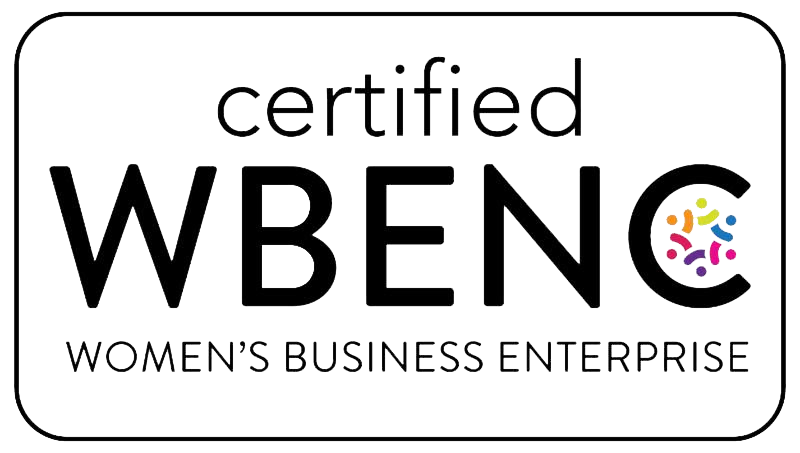Neurodivergent Learners Training: The Power of Clear and Structured Instructions
Creating a learning environment where every individual can thrive is a cornerstone of effective workplace training. Neurodivergent learners, including those with autism, ADHD, dyslexia, and other neurological differences, bring unique strengths and perspectives to the table. However, traditional training methods can sometimes present barriers, particularly when instructions are unclear or overly complex.
One of the most effective ways to support neurodivergent learners is by providing clear, structured instructions. This approach not only helps them excel but also benefits all learners by creating a more organized and accessible learning experience.
The Importance of Clarity
Did you know that 1 in 68 children in the U.S. are diagnosed with autism, and many of them will eventually join the workforce? For individuals on the autism spectrum, as well as others who are neurodivergent, vague or complicated instructions can lead to confusion and frustration.
Clear and structured instructions reduce ambiguity, helping learners understand expectations and focus on completing tasks effectively. This approach is particularly valuable for neurodivergent individuals, who often thrive in environments that offer predictability and straightforward communication.
Tip 1: Step-by-Step Guidelines
One of the simplest and most impactful strategies is to break down tasks into step-by-step instructions. Here’s why this works:
1. Reduces Cognitive Load
Processing large amounts of information at once can be overwhelming. Step-by-step guidelines allow learners to focus on one task at a time, making it easier to absorb and apply information.
2. Minimizes Misinterpretation
Clear, concise language eliminates unnecessary jargon and reduces the risk of instructions being misunderstood.
3. Builds Confidence
When learners can easily follow a set of instructions, they’re more likely to feel confident in their ability to complete tasks successfully.
Crafting Clear Instructions
When creating training materials or giving directions, keep the following in mind:
Use Simple Language: Avoid technical terms or complex phrases unless they’re essential and explained.
Be Specific: Instead of saying, “Complete the form,” try, “Fill out sections 1 through 5 on the form using the information provided.”
Organize Steps Logically: Present instructions in a logical order, with each step building on the previous one.
Incorporate Visual Aids: Diagrams, checklists, or flowcharts can complement written or verbal instructions and provide additional clarity.
For example: Instead of: “Prepare the report and submit it.” Try:
1. Open the project folder labeled “Q1 Reports.”
2. Copy the template titled “Monthly Summary.”
3. Fill in the data for January, February, and March.
4. Save the report as “Q1_Report_YourName” in the “Completed” folder.
5. Email the report to your manager.
This level of detail makes expectations clear, reducing the chance of errors or confusion.
What Strategies Have Worked for You?
While clear instructions are a foundational element, there’s always room to learn and grow. What strategies have you used to make training more accessible for neurodivergent learners? Have you found success with visual aids, interactive tools, or other techniques? Sharing experiences helps build a collective understanding of how to create inclusive learning environments.
Building a More Inclusive Future
Providing clear and structured instructions isn’t just a best practice—it’s a key step toward creating a workplace where everyone can succeed. At MYCA Learning, we’re committed to helping organizations design training programs that support neurodivergent learners and empower all employees.
By embracing straightforward communication, we can foster a more inclusive, innovative, and effective workplace. Let’s work together to ensure that every learner has the tools they need to excel.
Ready to create training that works for everyone? Contact MYCA Learning today to learn how we can help you build an inclusive learning program.


